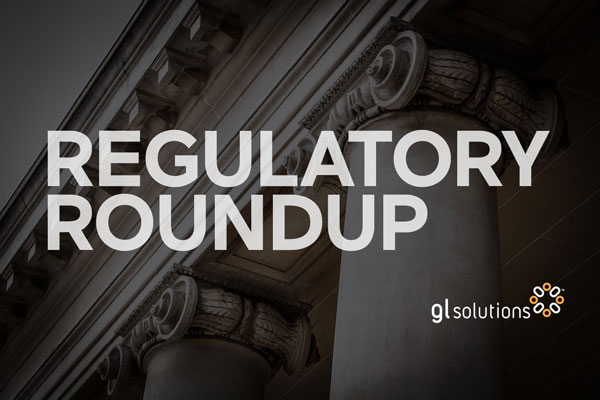Agentic AI Addresses Public’s “Major Complaint” About Government
The National Association of State Chief Information Officers (NASCIO) along with the Public Technology Institute (PTI) presented a tech forecast webinar on July 15 to highlight the issues and trends impacting state and local government. State and Local IT: Plotting Your Course Through Shifting Tides highlighted how to steer state and local organizations through recent changes, including the deployment of AI, the evolving IT workforce, as well as changes in federal-state-local partnerships.
NASCIO’s Executive Director Doug Robinson explored the current trends in state IT, including the use of AI. He called agentic AI the next wave for artificial intelligence with “the potential to have dramatic impact, perhaps even more than generative AI.” He sees agentic AI as helping to address the “major complaint” from citizens about government: I can’t find anything. Robinson explained that agentic AI helps to empower citizens and remedy that issue. (Agentic AI helps to automate functions, like reducing work at call centers.)
He named some of the challenges facing states related to GenAI adoption. These included:
- Lack of enterprise governance – missing an AI roadmap
- Poor data quality/integrity
- Workforce skills gap/lack of training
Other trends named in the webinar included
- Priority on modernization and business process automation
- State and Local Cybersecurity Grand Funding (at risk)
- Focus on digital services; improved citizen experience
New York Ranks 47th in State Occupational Licensing Index
New York ranks number 47 overall for all states and Puerto Rico in the 2024 State Occupational Licensing Index from the Archbridge Institute and the Knee Regulatory Research Center; the score places the state 47th among states for the highest occupational licensing burden. Besides the overall ranking, the report also features a state profile ranking that puts states in one of five quintiles. New York ranks five in the quintile system, with one the “most occupational licensing” and five the “least occupational licensing.” The quintile system reviews several factors, including barriers and licenses, along with universal recognition reforms. The licensing index, released in August, contains information on 284 occupations.
See a listing of all state rankings in the latest edition of the State Occupational Licensing Index.
AI Readiness by State, Assessment Tool
A new tool from Code for America evaluates the readiness of state governments in responsibly adopting artificial intelligence. The Government AI Landscape Assessment provides a state’s snapshot across key components, including leadership and governance, along with technical infrastructure and capabilities. A color-coded map reveals the overall readiness level of states from early to advanced. The tool enables you to drill down into the data on each state to see the research behind the rankings. Only three states achieved an overall level of advanced; those included New Jersey, Pennsylvania and Utah. At the other end of the spectrum, many states fall into the overall level of early.
More Regulatory News Headlines
NASCIO: Future Is Grim for State and Local Cyber Grants
On a webinar cohosted by the Public Technology Institute, NASCIO Executive Director Doug Robinson called reauthorization of the State and Local Cybersecurity Grant Program unlikely.
GovRamp Five Years Later – Its Mission Has Never Been More Critical
The discussion highlights the significance of the name change from StateRAMP to GovRAMP and how AI introduces a new layer of complexity.
Virginia looks to AI to ‘supercharge’ streamlining regulatory requirements
At an event at George Washington University in Washington, D.C, ORM Director Reeve Bull said the agentic AI tool looks at Virginia law, scans a regulation and the authorizing statute and finds any possible disconnect between the two.
Time to Modernize
GL Solutions helps your regulatory agency run, grow and adapt through modern software and automation that helps solve your agency’s greatest challenges. To learn more, contact us.
To receive the latest regulatory news delivered to your inbox each week, subscribe to our newsletter.


